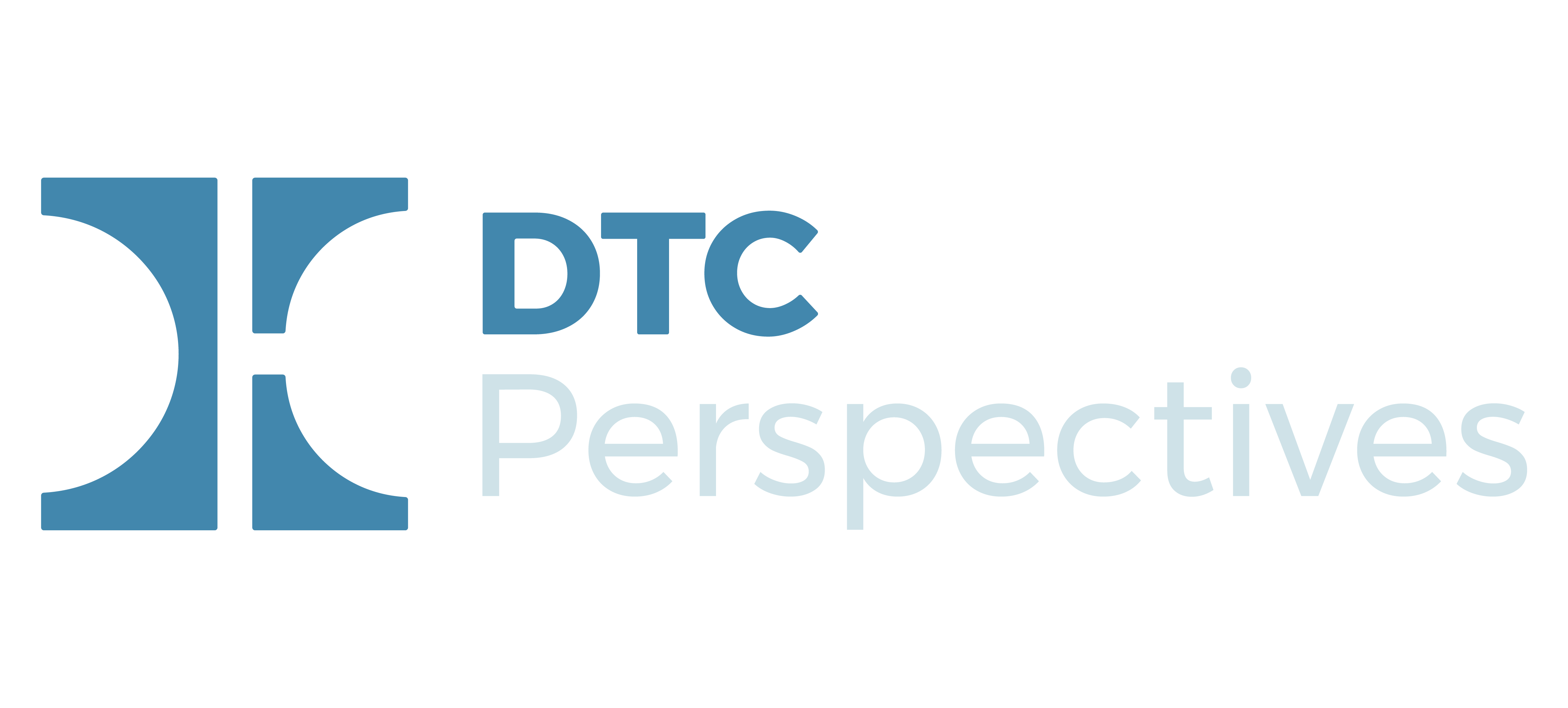With the failure of the Republicans to pass repeal and replace we are left wondering what next. We are now at increased risk of drug pricing and DTC regulation. As now it appears that Republicans and Democrats will come up jointly with a salvage plan for Obamacare, drug makers will be in the crosshairs to make concessions to reduce costs.
The lessons learned from this debacle are several. First, the public is supportive of increased government guarantees of coverage. The PR battle showing all the cases of newly insured people being saved from death and bankruptcy have been compelling. Taking away a benefit, albeit costly and unsustainable, is impossible to sell.

-Bob Ehrlich
Second, Republicans have shown they cannot explain their plan to sway public opinion. There is a lot of good in the plan but that nasty Congressional Budget Office keeps saying the plan will cause millions to lose coverage and seniors will pay much more for coverage, as will people with pre-existing conditions. Not great selling points for passage.
We can now expect Chuck Schumer to claim he is willing to make Obamacare even better and cut a deal with Republicans. Of course, we know that means throwing more money to subsidize premiums and deductibles for more people. Being an election year in 2018 most in Congress will be happy to spend more borrowed money to look like they care about American’s healthcare.
So where can Congress look for a bi-partisan villain in 2018? Give me a second to think. Oh, I know, how about everyone’s favorite scapegoat, the drug makers. We all know that healthcare costs would be dramatically lower (not) if only those drug profiteers sold their lifesaving medicines just a bit above cost. Most in Congress know that is not true but so what. It sounds good and will get lots of support for Medicare price negotiation, reimportation, shorter patent life, and restricting those pesky DTC ads which are believed to be a main driver of health costs. We all know DTC has the hypnotic power to convince gullible doctors to prescribe whatever patients request.
It is clear that Democrats are moving towards enacting single payer. As costs mount for the new Obamacare, it is only a matter of time before the great savior will be our government running all insurance. Then we can look forward to the end of private insurers and free market pricing for health services and drugs. Bernie will be happy because America will look more like Canada and Europe or perhaps Venezuela. We can all take our generics and hope the government will come up with all the new drugs. It is not that single payer cannot work, it is just that our government has not been very good at running mass programs efficiently and with great customer satisfaction.
I know Bernie Sanders thinks people all love Medicare. That may be because Medicare is really just a processor of payments to the private sector. Yes, seniors can currently pick their doctor and hospital. Wait until everyone is covered and see how fast that changes. To be affordable Medicare for all would need to greatly restrict choice. Look for new government boards to decide what options we have for covered services.
The DTC industry is low hanging fruit to be offered up at the altar for sacrifice. After all the AMA, insurers, many in state and federal government would love to see it banned. Taxing it, or adding regulations to make it hard to do in 60 seconds on television could kill it. There may still be DTC but it could be very limited to non-branded or long form print, Internet, and in-office literature. Maybe our strong lobby will head off the anti-drug forces but it is getting harder to be optimistic.

